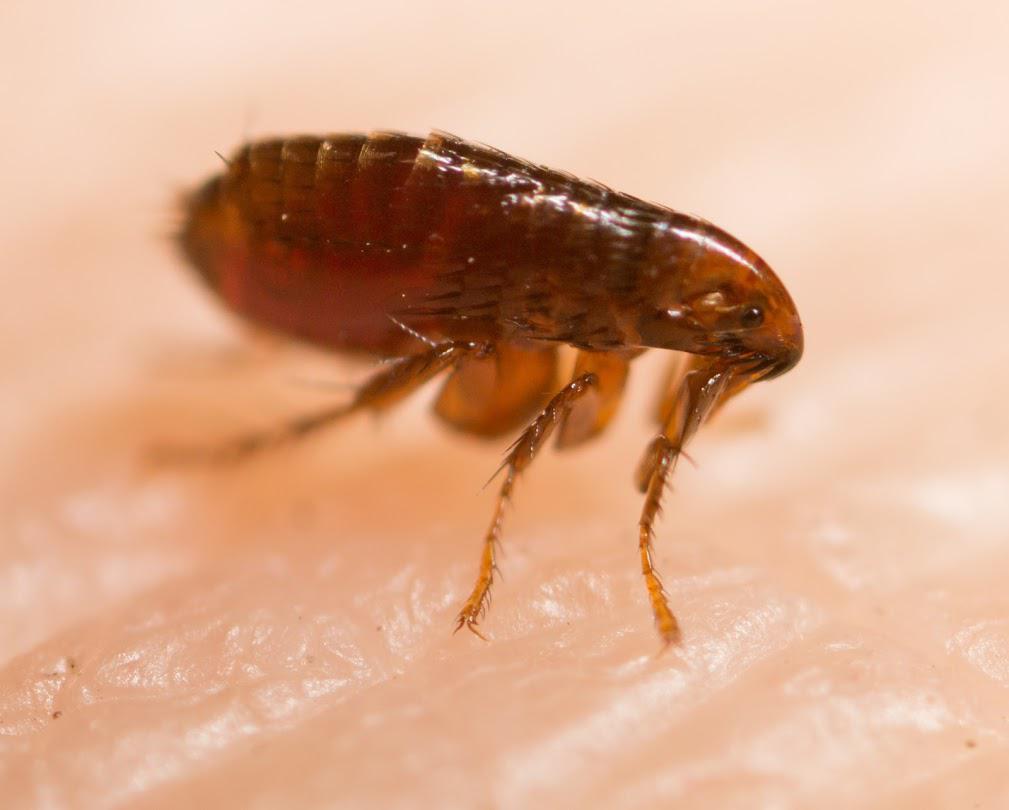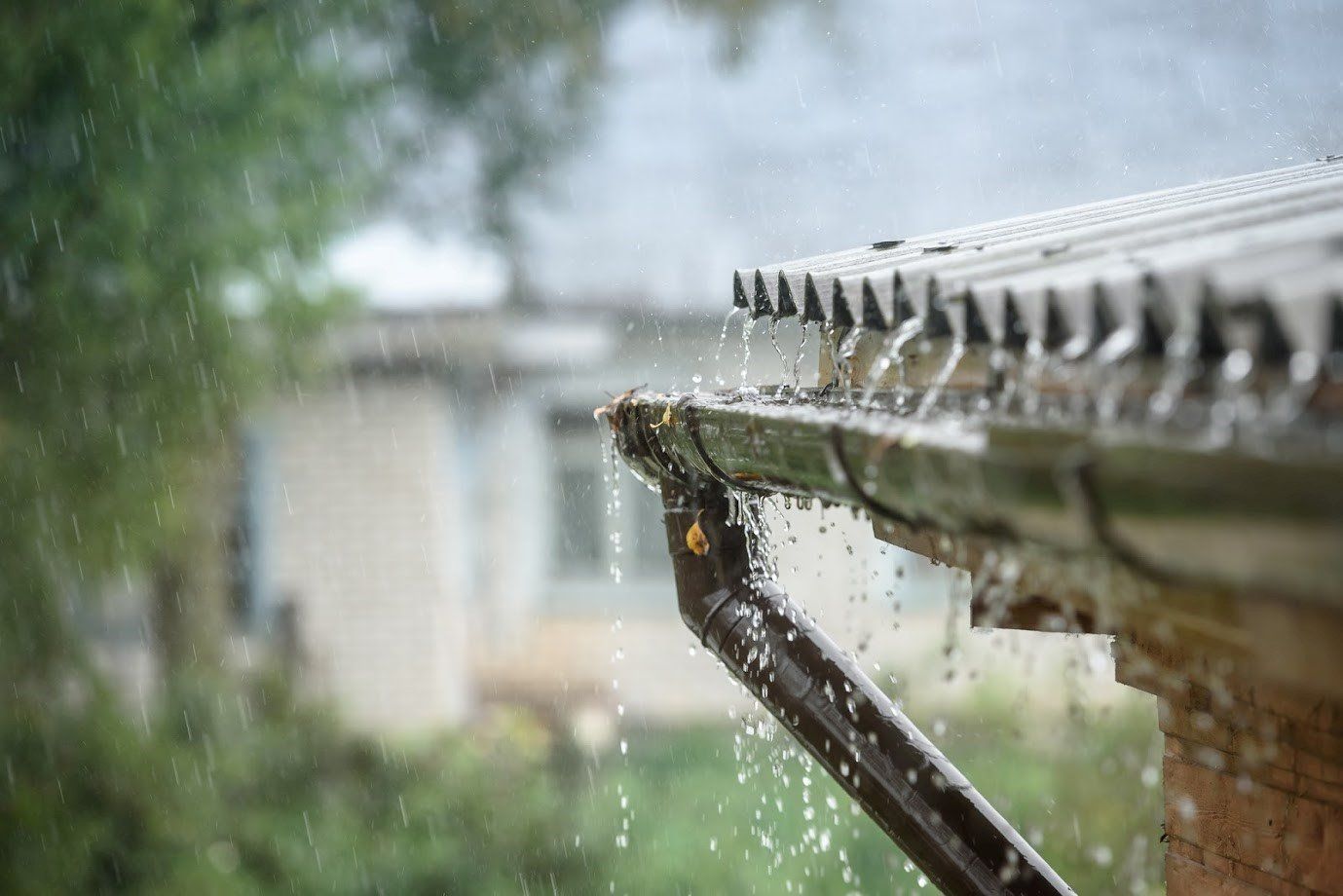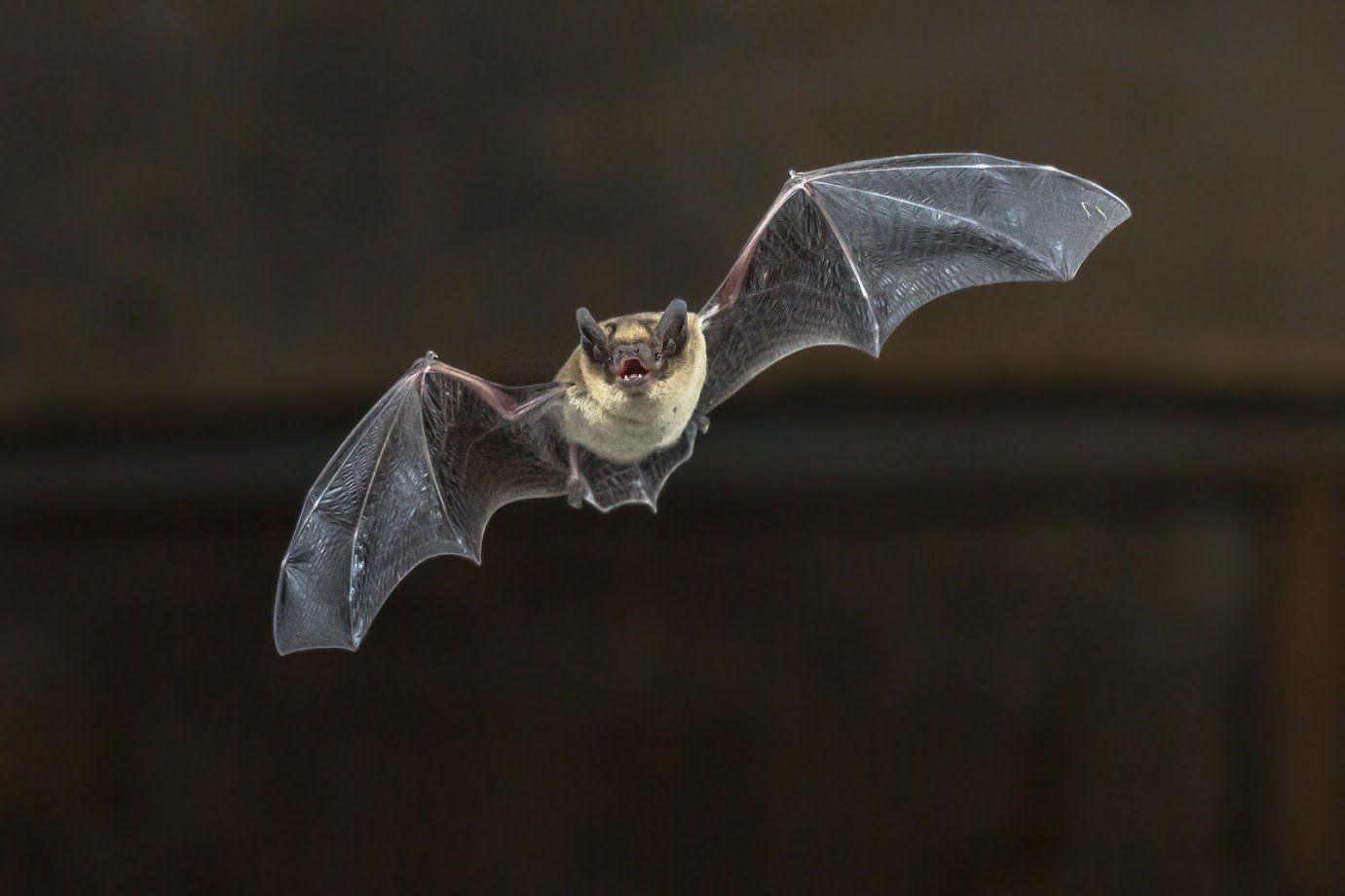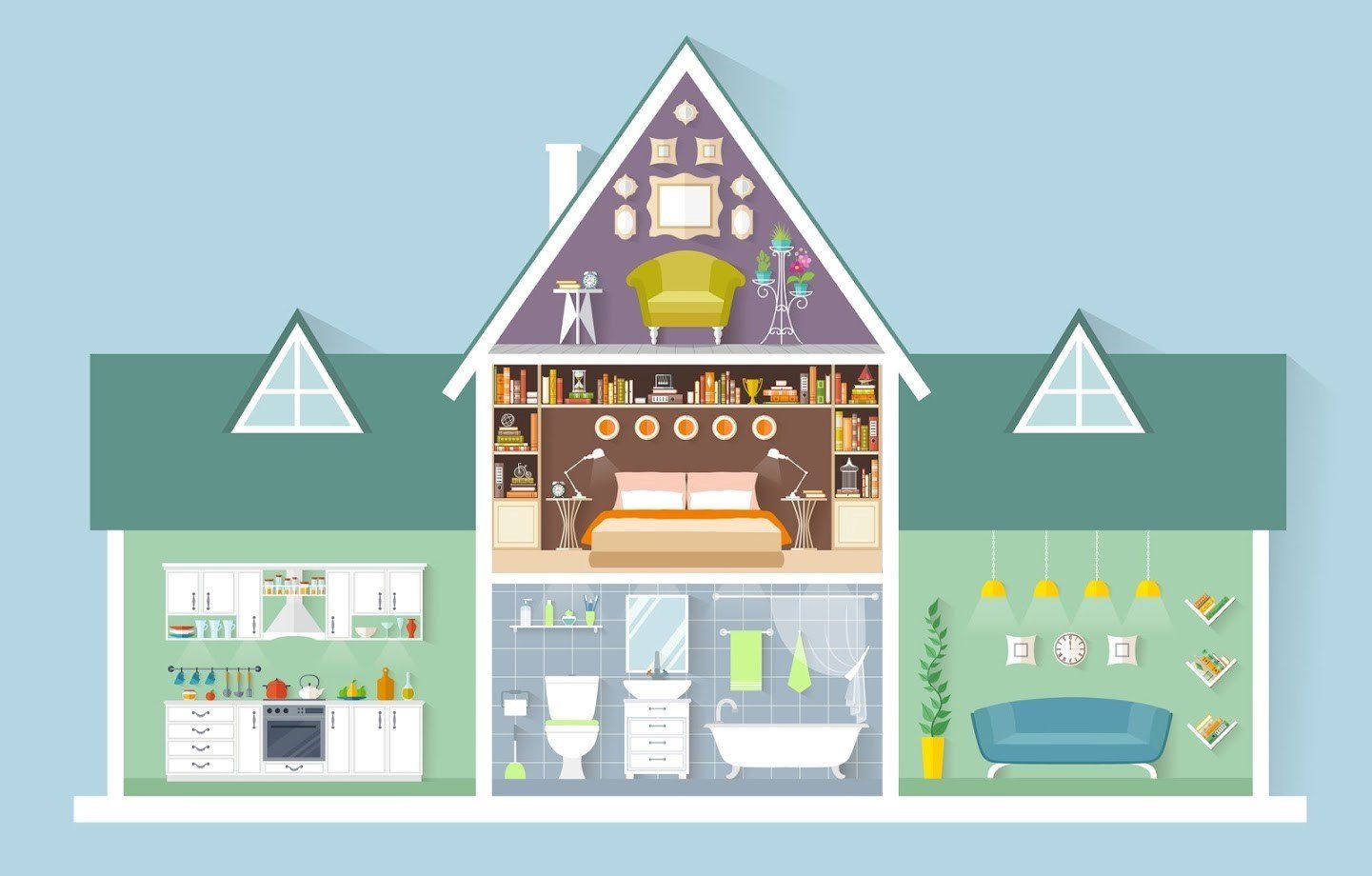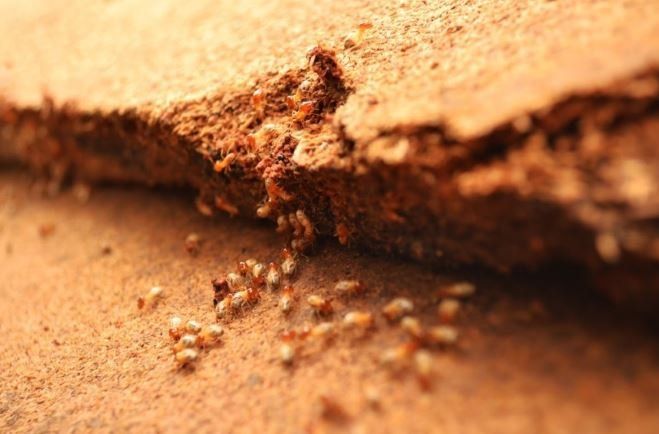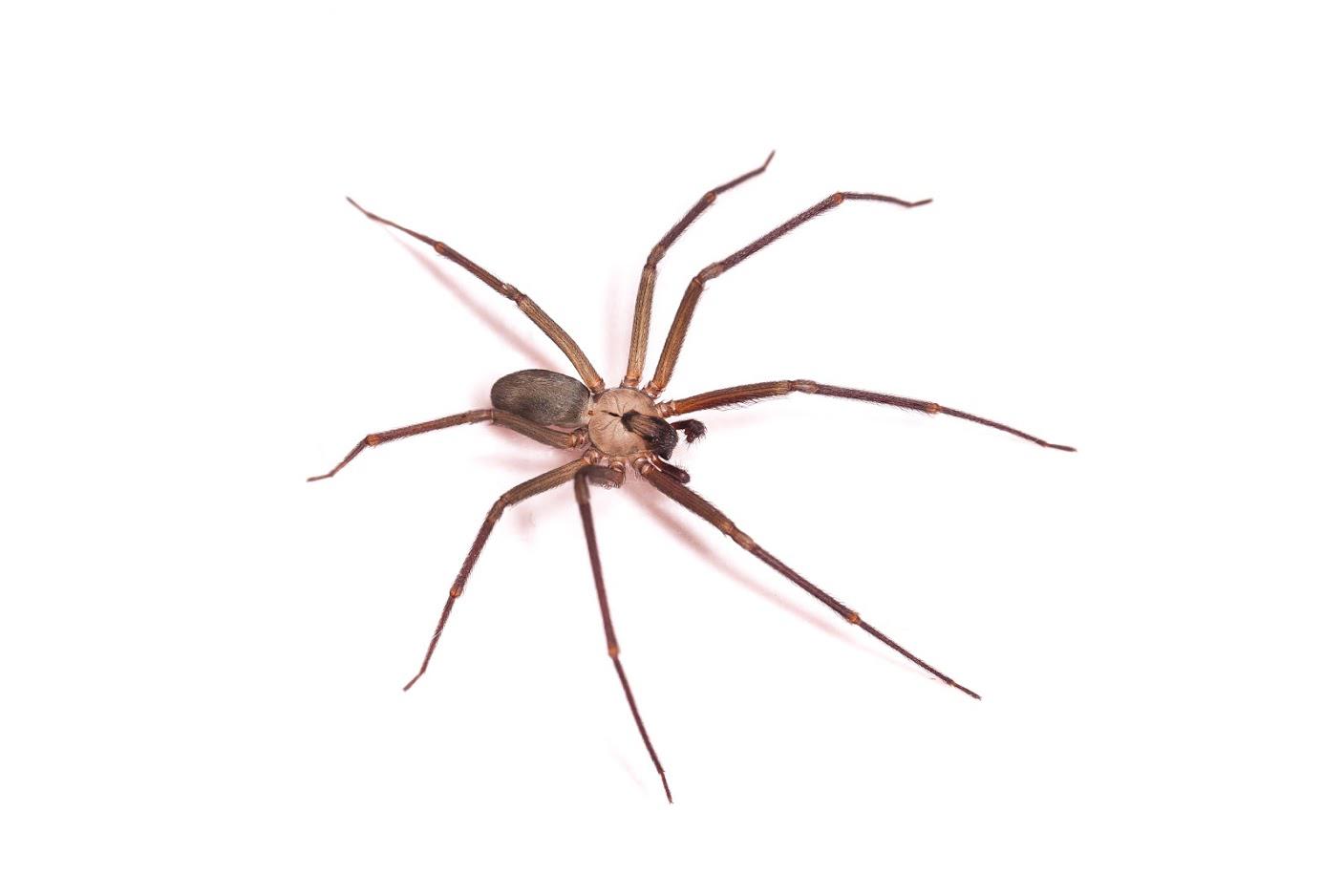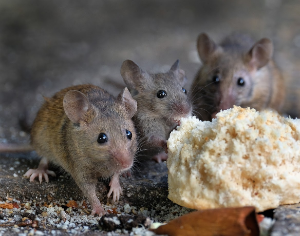The Norway Rat | Bobby Grisson's Pest Management
The Norway Rat: Profile of a Pesty Rodent
Contrary to what its name suggests, the Norway rat is not just found in Norway. It is thought to have been brought to colonial America in the 1700s, and it has been a nuisance across the U.S. ever since.
Norway rats can be incredibly destructive to homes and also put your family at risk of certain diseases. As a responsible homeowner, you should know the basics about these pesky rodents and how to keep them away.
What Do Norway Rats Look Like?
Norway rats are medium-brown to gray in color with shaggy fur and slender tails that are usually shorter than their bodies. If you're able to get a close look at their ears, you may notice they look a bit scaly. Most rats are between seven and nine inches long, not including the tail. Their noses are blunt, and their eyes look small for the size of their head.
Where Do Norway Rats Live?
Unlike some rat species, Norway rats are actually quite happy to live outdoors. They like to build nests below ground alongside streams or ponds. They might first take up residence in a wood pile or an abandoned shed on your land, and then move into your home when an opportunity arises.
Norway rats often enter a home through tiny holes beneath the door, in the foundation, or even alongside windows. Because of their burrowing instincts and fondness of moisture, when they do build nests indoors, it will typically be in a basement or crawlspace.
What Attracts Norway Rats to Your Home?
Norway rats generally enter a home because it’s a source of food or water. Leaky plumbing, wet basements and crawlspaces, and poor sanitation all attract them.
These rats are omnivores and will eat almost anything, so even seemingly normal behaviors like leaving pet food out overnight or leaving bananas on your counter may attract them. They're also attracted to bird seed, uncovered trash cans, and food kept only in plastic bags or cardboard containers. Norway rats are talented chewers; they can easily gnaw through a box and eat your cereal or pancake mix.
What Dangers Do Norway Rats Pose To Your Home?
Because Norway rats are such determined chewers, they often cause damage to woodwork. They may gnaw holes in your walls or even chew on electrical wiring, leading to shorts and damaged appliances.
As they endeavor to dig and build nests below your foundation slab, they may also cause shifting and leaks in your foundation. Sometimes, they even gnaw through PVC pipes, leading to plumbing leaks and extensive water damage.
What Dangers Do Norway Rats Pose To Your Family?
Norway rats are not just a danger to your home; they also spread a number of diseases via their urine, saliva, and feces. Examples include:
- Hemorrhagic Fever
- Leptospirosis
- Rat Bite Fever
- Salmonella
If you suspect you may have Norway rats in your home, be impeccable with your hygiene to prevent disease. Wash your hands after touching any surface, and do not eat any food you suspect the rats have disturbed.
What Are the Signs of a Norway Rat Infestation?
Since Norway rats are primarily nocturnal and not very active during the daytime, they may be in your home for some time before you actually see one. Other signs you may have a Norway rat infestation include:
- Droppings that measure 1/4 to 1/2 inch in length with blunt ends
- Tracks that measure about 3/4 to 1 inch in length with a tail-drag mark behind the footprints
- Rough gnaw marks in wooden structures
If you suspect Norway rats have moved into your home, or even just your yard, don't attempt to remove them yourself. These rats are resilient, and effective removal requires the careful use of baits and traps. Contact Bobby Grisson's Pest Management to schedule an appointment.

